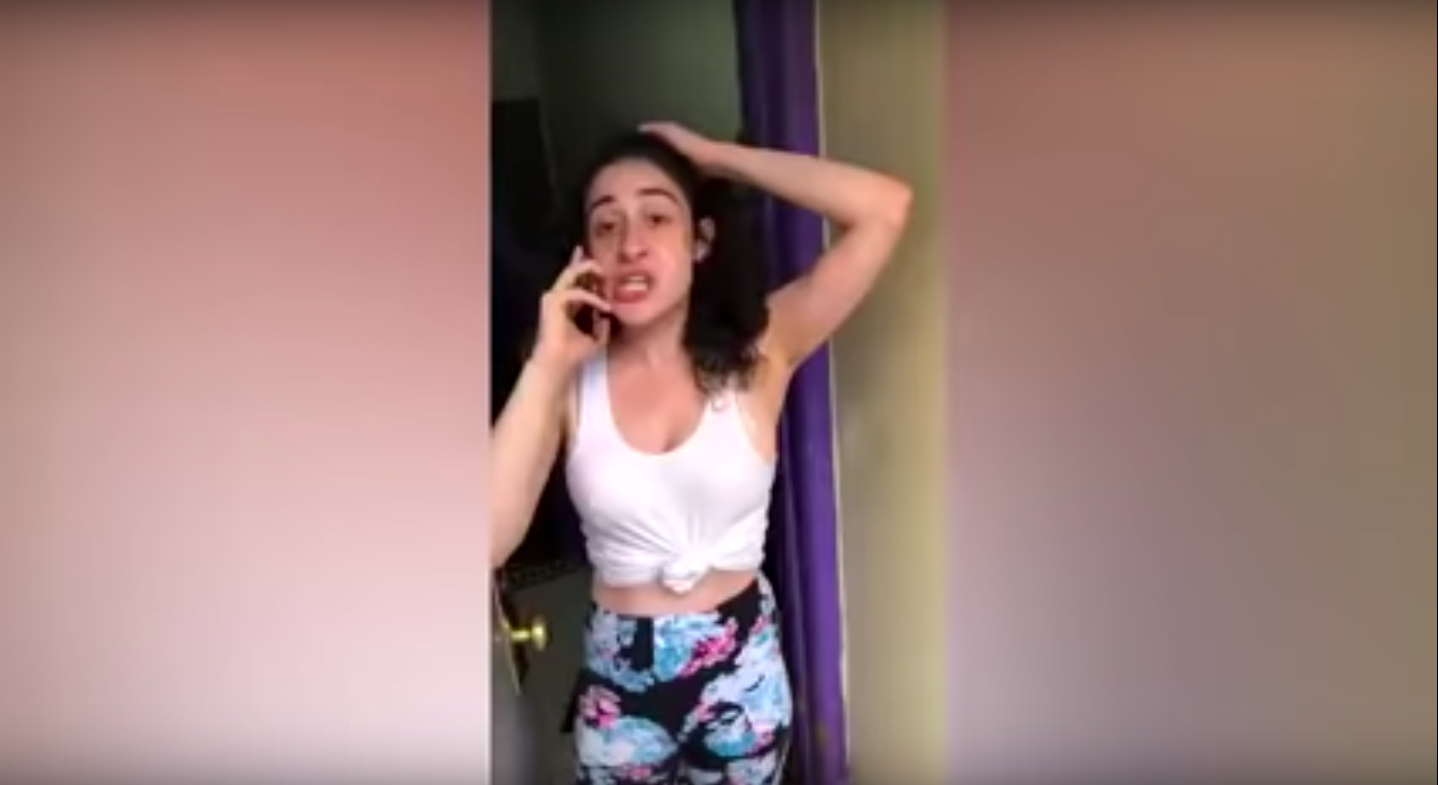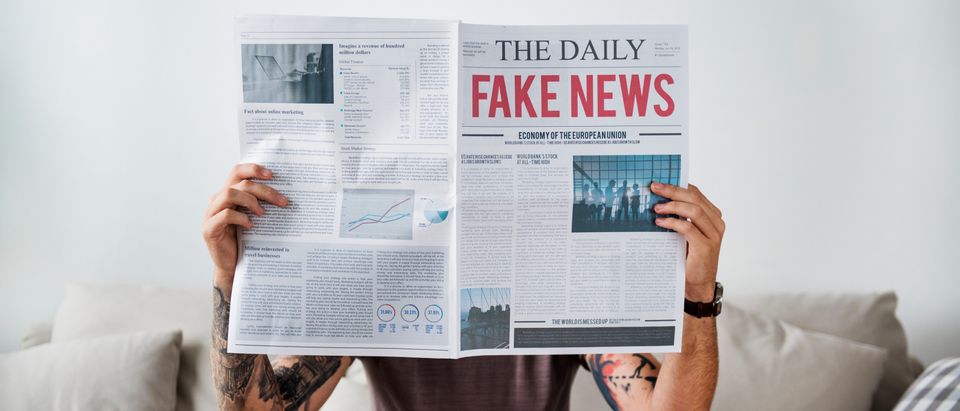At first, it appeared to be just another story about a white person calling the cops on a black person over the summer — a supposedly racially motivated phone call to the police that caught international attention out of hundreds of others.
Stories of police arriving to scenes across the United States to find black people committing “crimes” of barbequing, sleeping in a university dorm common room or selling water bottles were taking over the media. With each story, a white person made the phone call, and each caller was given a memorable nickname. In this case, the caller was named “Doorway Debbie.”
On a midsummer day in July, Darsell Obregon ducked under an apartment building to shelter herself from the rain while waiting for an Uber. Minutes later, the front door swung open and out walked a 19-year-old girl who demanded that Obregon leave the premises immediately. The resident’s name is Arabelle Torres, a 19-year-old student at Brooklyn College who also has autism.
“I came downstairs and a woman was standing as I am right now and wouldn’t leave,” Torres, who was describing the seeds of events that led her life to change, said to me while standing outside of her home in Park Slope. What might have been an unremarkable high-strung incident that occurs hundreds of times a day in New York City, ended up becoming a fake news story that race-baited an incident without credible evidence of bigotry.

DOORWAY DEBBIE: Woman Calls Cops On Lady Waiting For an Uber/ Daily Blast Live/ YouTube
“Hey, ma’am, this is private property. Could you please move?” Torres recounts saying to Obregon, an assistant to fashion model Ashley Graham, who “just flat-out refused” to leave the premises.
“After about ten times of me saying, ‘Ma’am, go. This is private property,’ [Obregon] still refused. So I called the cops,” Torres said. “As a person with autism, I [was] scared. When somebody is blocking me from leaving … it is a big problem. And I was alone in that situation.”
As Torres dialed 911, Obregon whipped out her phone and began filming. Later that evening — Torres was at a Broadway show — the words “worthless skank” popped up on her phone. As dozens more messages poured in, she found out that Obregon had posted the exchange on social media accounts accompanied with hashtags associated with race-related events (even though Obregon is not black).
Hashtags such as #WhitePrivilege and #BBQBecky were included. BBQ Becky refers to an event during which a white woman called the police on black people for barbecuing in a public park, saying it was illegal for them to do so.
The anti-racist internet mob found Obregon’s posts and began to launch a seek and destroy campaign against Torres. “Your Facebook is out there now. Enjoy being slaughtered by the masses,” a California woman wrote.
Obregon’s Facebook post reads:
On Sunday afternoon, I was in #Brooklyn walking to the train when a sudden rain storm began and I hid in the doorway OUTSIDE of a random apartment in #ParkSlope to shield myself from the rain and call an uber. No more than 3 minutes later a young woman who lives in the building opened the front door and told me that I can not stand there and had to leave. I told her I was not going to move (unbeknownst to her I was just waiting for my ride and would be leaving in a couple of minutes) so then she proceeded to call the police…
Comments in response to the video read, “She’s high on something, look at that jaw,” “She was just paranoid from whatever she just smoked,” “She is not Spanish, she looks Jewish,” “You should have beat her up,” and worse.
When hundreds more hate messages poured in and reporters began showing up at Torres’ house, she began to experience enormous paranoia and anxiety that she was not safe. Torres was diagnosed with autism spectrum disorder (ASD) as a child. ASD refers to a broad range of conditions characterized by challenges with social skills, repetitive behaviors, speech and nonverbal communication.
Torres said that for an individual with autism, she is pretty good at communication. This has come through lots of work on her part over the years in therapy. Her phone call to the police is part of that open communication that she has learned over the years.
From Torres’ perspective, whenever she sees or hears people outside her building, it triggers feelings of paranoia and tremendous discomfort. A 2012 study from The Journal of Abnormal Psychology found that even though the natures of the paranoia in schizophrenia and autism are different, autism features elevated rates of paranoia that is “comparable” to those of individuals with paranoid schizophrenia.
The reaction to Obregon loitering outside Torres’ residence on that summer day was symptomatic of Autistic paranoia; it was not an example of bigotry as media outlets reported.
As I sat with Torres, I saw her repeatedly look out her front window whenever she heard noises outside her building entrance. At one point during the interview, the doorbell rang. Torres’ eyes glazed over in terror, and her lips opened and closed for a few seconds as she thought about what to do. Then she ran to another room where I found her clicking the intercom button as she repeatedly said, “Hello, hello, hello.”
“What are you doing?” I asked.
“I heard someone outside. It must have been an accident,” she explained. But even though she seemed to understand that no one was there, she ran to her bedroom and stared out her bedroom window for a few moments just to make sure.
Tamar Lapin reported the story at the New York Post. Lapin found the story at Ebony Magazine, a black interest news site. According to Lapin, Ebony broke the story. She called Torres’ cellphone saying that she wanted to hear the “other side” of the event. Torres insisted that her 911 call “had nothing to do with race,” and that she herself was not white, and she wasn’t even sure that Obregon was black. “I told her, ‘I think you’re exploiting this as a race issue when it’s not.’”
Even after revealing she has autism to the reporter at The Post, Torres was devastated to learn that the article still maintained that it was a black-white issue. It would seem that nothing Torres could say would stop the domino effect of the fake news.
Months later, the internet still knows Torres as “Doorway Debbie.” She has made numerous attempts at suicide. “I felt that nobody was going to do anything, no one was going to face any repercussions unless I were to kill myself,” Torres said. “I tried to kill myself, I cut myself. I just felt so done and I felt ‘this is never going to get better,’”
Emily Crane’s story covering Obregon’s and Torres’ interaction at the Daily Mail was deleted without any sort of retraction. Others still have not corrected their stories (Newsweek, Ebony Magazine, etc.). Others made changes to the headline from “white woman calls the cops on black woman” to “woman calls cops on woman” without explaining on the bottom of the article that the original post was corrected, as journalistic ethics require.
I asked Lapin if she would be willing to help fix the damage she took part in.
“I really can’t comment on that,” she said. “I’ve got to go,” she said before hanging up the phone.
Shortly after I spoke to Lapin, the racial language was removed from the story completely. It said “updated” without any additional detail as to why the language was changed. I asked Lapin why she had not included corrections to the bottom of her story. She said, “It says ‘updated’ on the top of the article.”
What about detailing what the mistakes were, especially given the harmful nature of defamation?
“That’s not how we do things here … We asked her for her side of the story. There’s nothing else we can do,” Lapin said.
Similarly, I asked Torres if she had a message for the media, to which she replied, “Yeah. Just leave me alone. It kind of made me hate the world now that a person with special needs can’t call the police anymore. People with special needs shouldn’t have to worry about situations being racialized for them to get help.”
Torres still cannot use her social media accounts because it’s bad for her mental health. She lives with paranoia, fear and suicidal thoughts. But when I spoke to her, she smiled with resilience.
In the beginning of the phone call with Lapin, I had asked if she remembered writing a story about someone with the name Arabelle Torres, and she said she could not recall.
Perhaps there is some consolation that someone who wrote the story doesn’t remember the name she tarnished; maybe members of that internet mob will forget about the girl they tarnished, too.


